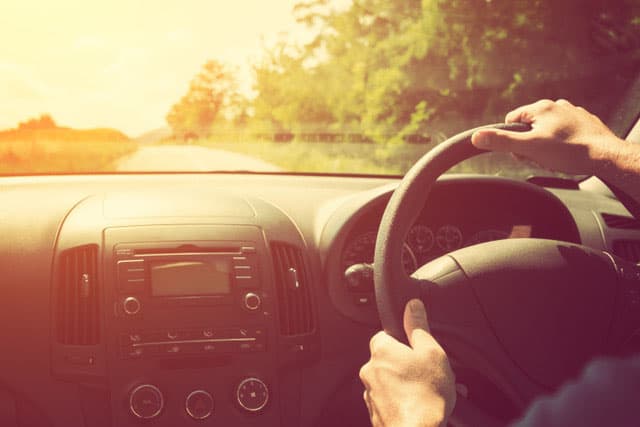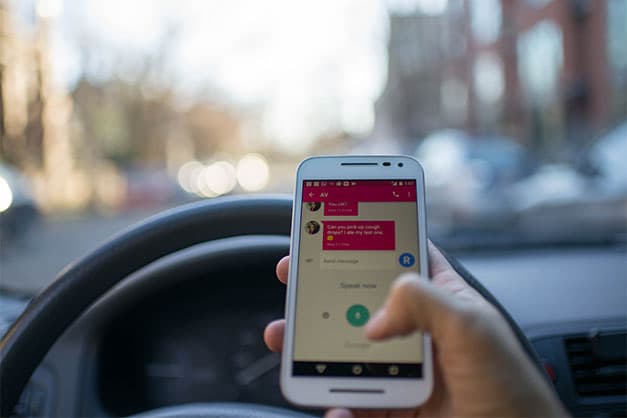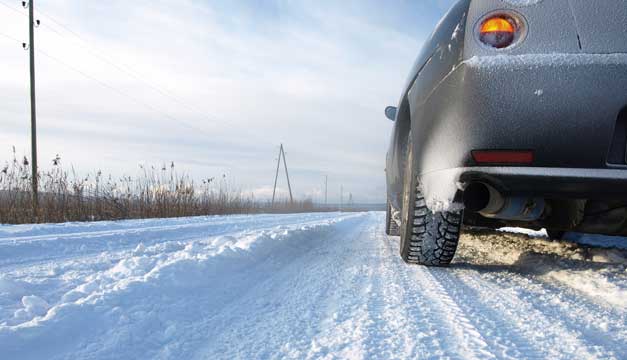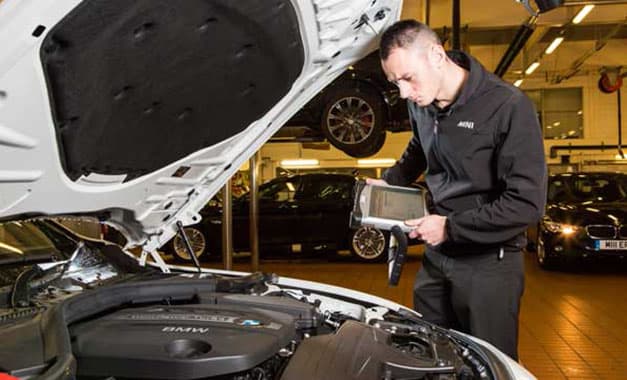De-hydration
Driving while dehydrated is more serious than you’d think - it’s just as dangerous as driving under the influence of alcohol. Dehydration can lead to reduced cognitive function which can result in your driving becoming seriously impaired.
What to do?
Drink water – it’s that simple! If you’re feeling the effects of dehydration (dizziness, headache, dry mouth/eyes, bad breath), pull over safely to drink water or eat food with a high-water content. Keep an emergency bottle of water in a shaded compartment of your car and stock up if you have a long journey planned.
Car seats
The temperature inside your car can reach dangerous levels. Uncovered buckles on seat belts and children’s car seats can reach such high temperatures that they can cause second-degree burns.
What to do?
Cover seatbelts and car seat buckles with a blanket or cloth so the metal part isn’t directly exposed. Park in a shaded area to avoid the car overheating and reduce the risk of any accidents. If you can, open your windows a few minutes before setting off to allow time for the car to cool down. In any case, just be careful – particularly with children’s car seats and seatbelt buckles.
Sun glare
Driving on a sunny day can be dangerous because the glare can make it harder to see the road ahead and other potential hazards. Sun glare can also lead to drivers being temporarily ‘blinded’, making it particularly dangerous while at junctions or busy minor roads.
What to do?
While you can’t completely avoid sun glare if you want to drive during the day, there are ways to try and minimise the risk. Make sure your windscreen is clean of any grease or debris and check you have enough windscreen fluid before taking off. Wear sunglasses while driving (preferably polarised lenses) which can help tackle the combating glare. More importantly, take care while driving and minimise speed when necessary.
Tyres
Tyre blowouts are more common during the warmer months, so make sure you’re keeping an eye on your tyre pressure. When tyres are over-inflated, they expand in the heat which can lead to a blowout. Under-inflated tyres generate heat with sidewall flexing causing excess friction which, again, causes tyres to burst.
What to do?
Check your tyre pressure. If it’s one of those things you’ve been meaning to do for a while but keep putting it off – do it now! It’s always important to keep your tyres at optimum level, but even more so during a heatwave. Carry a spare for additional peace of mind.



